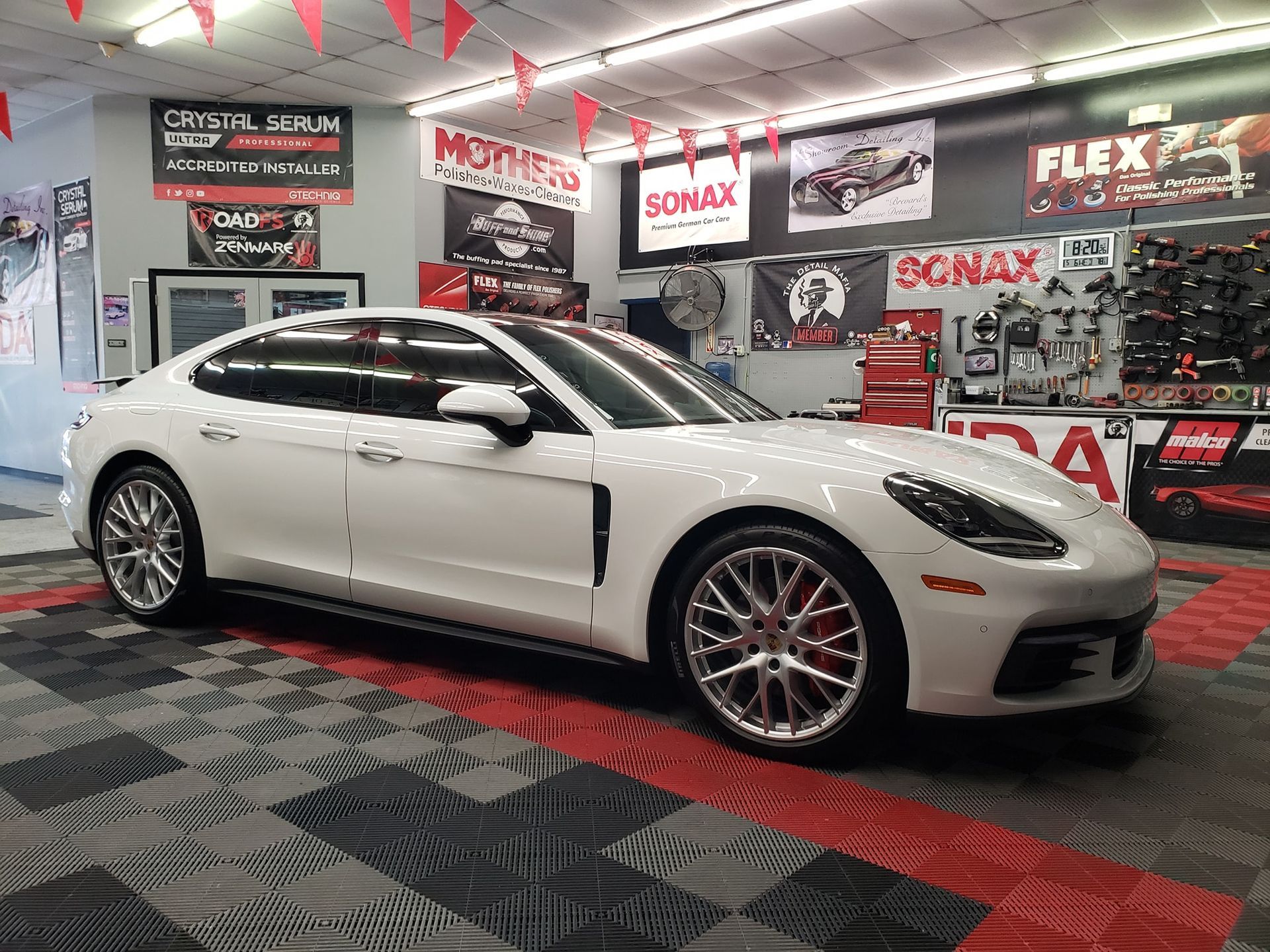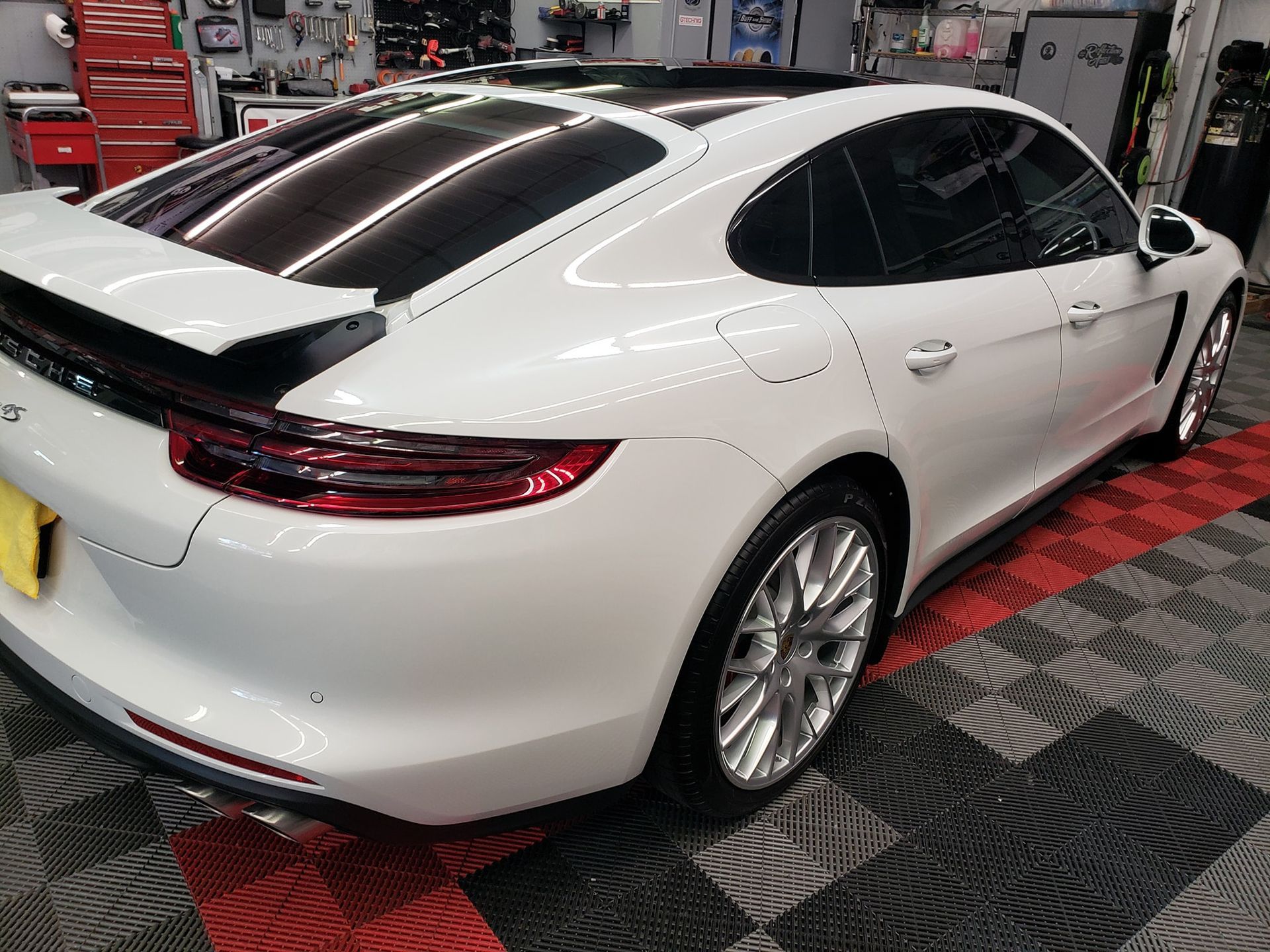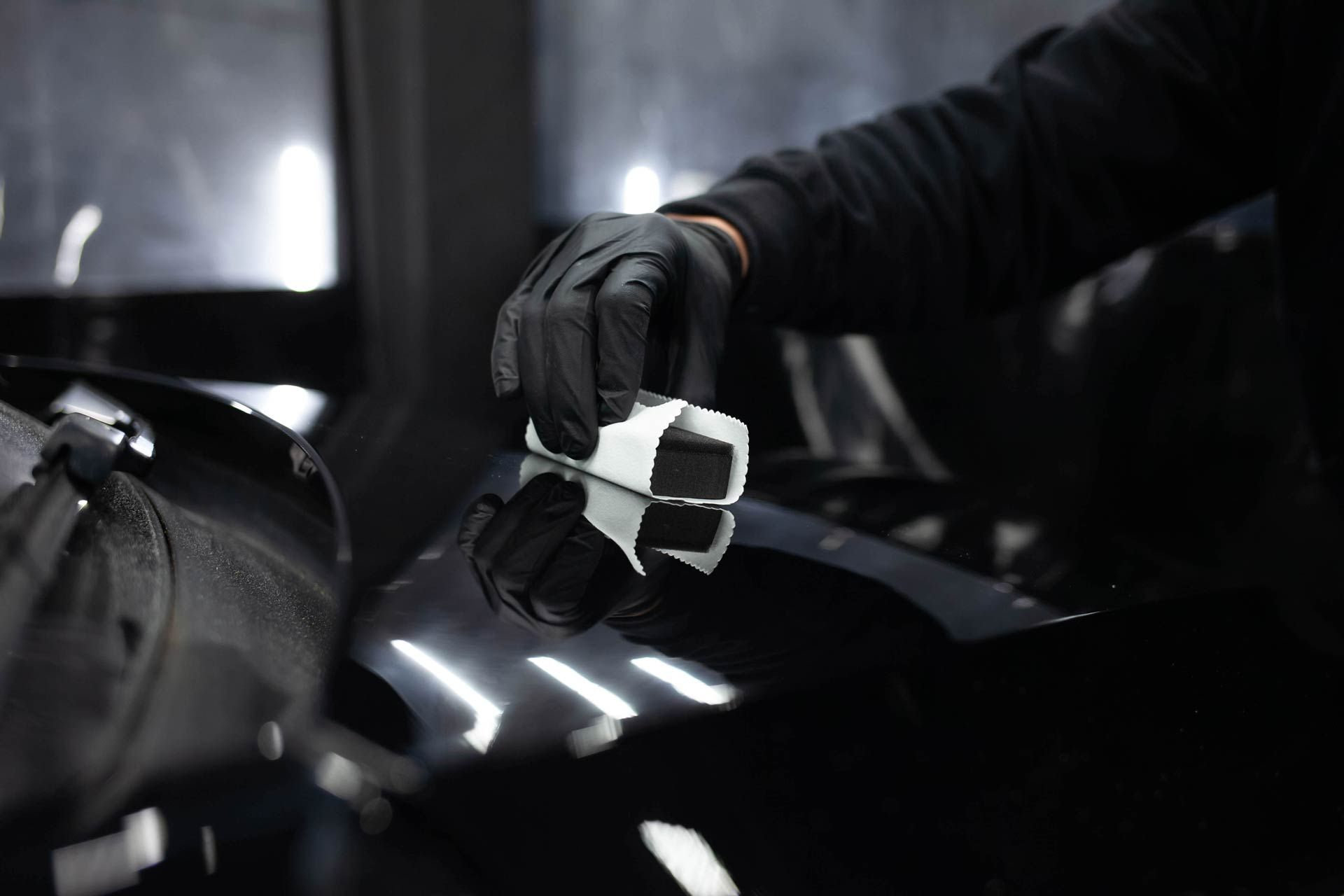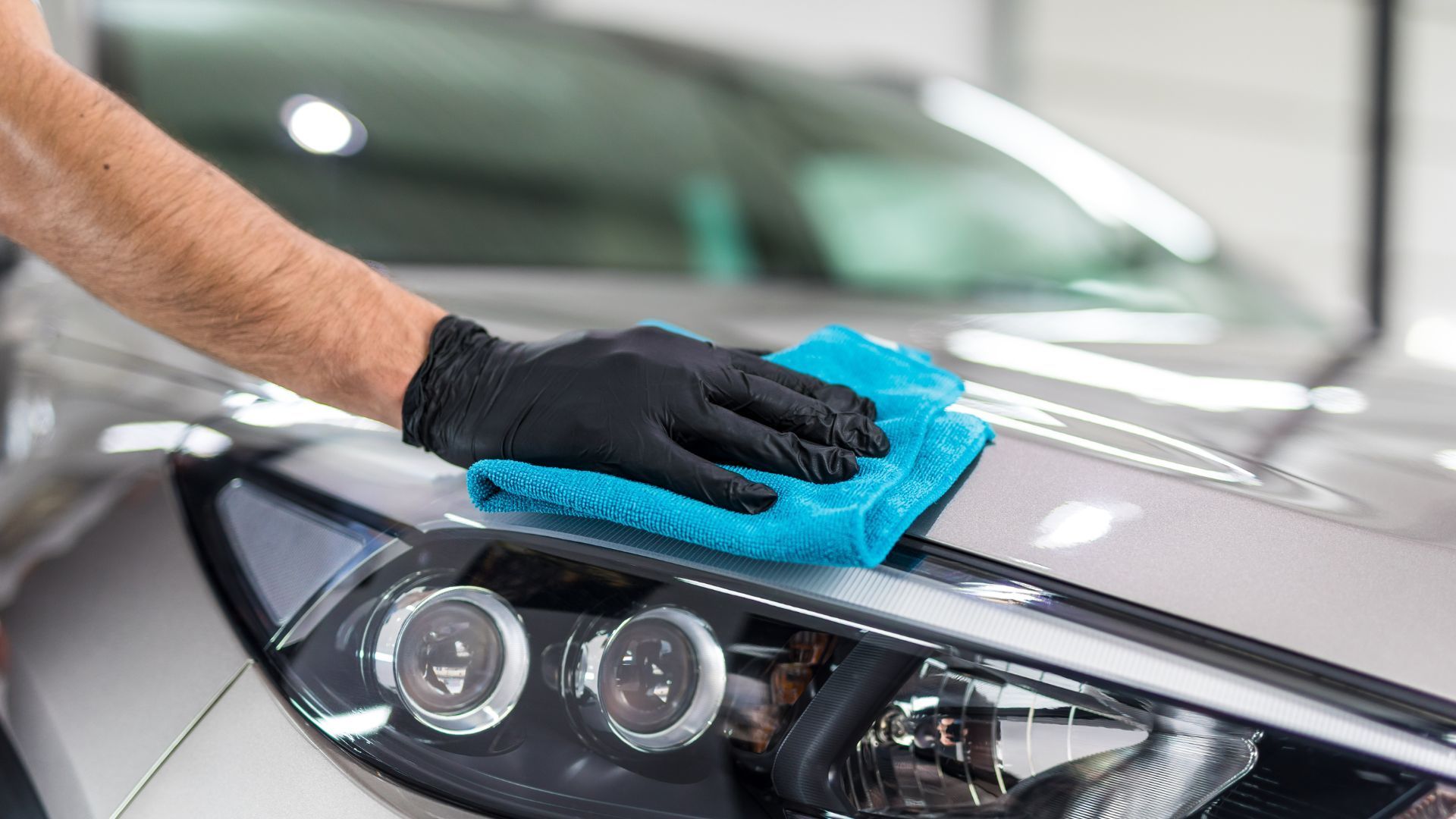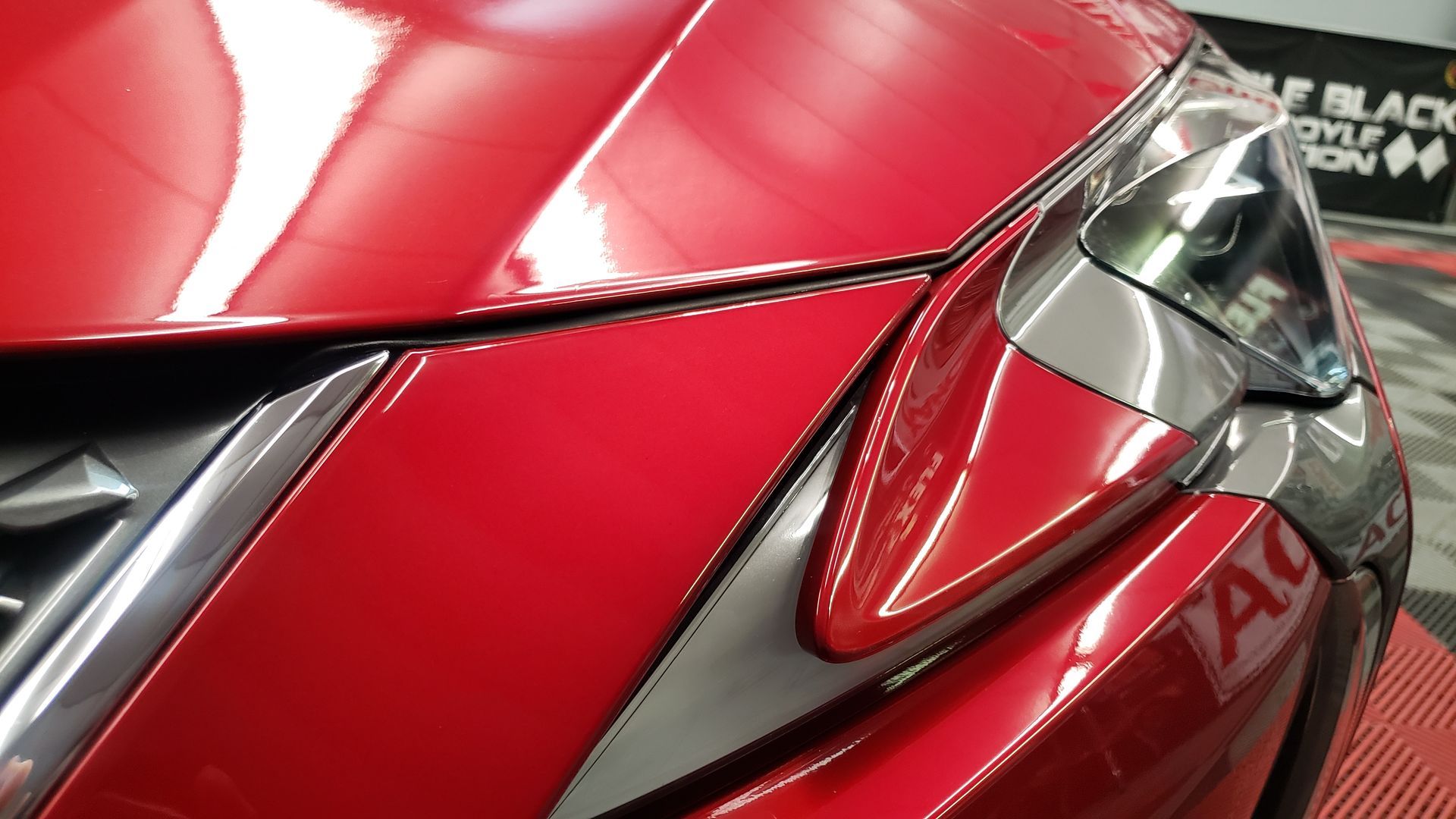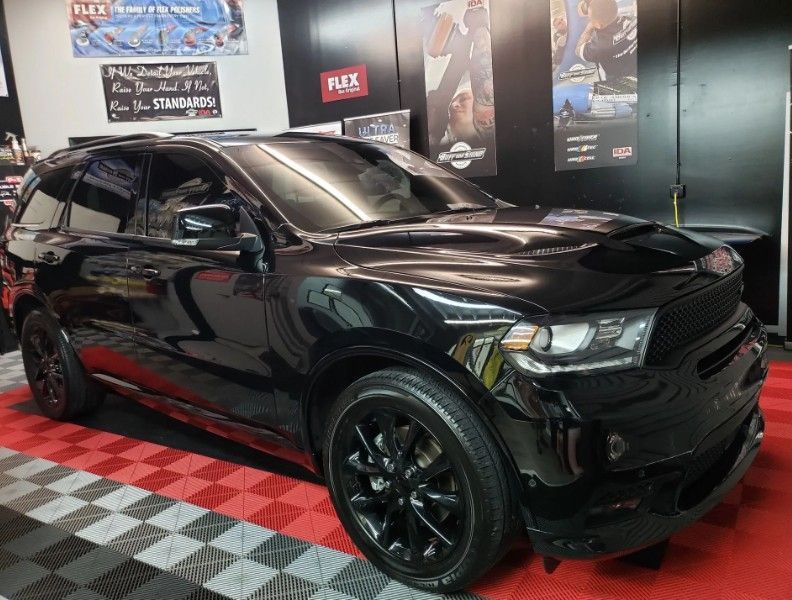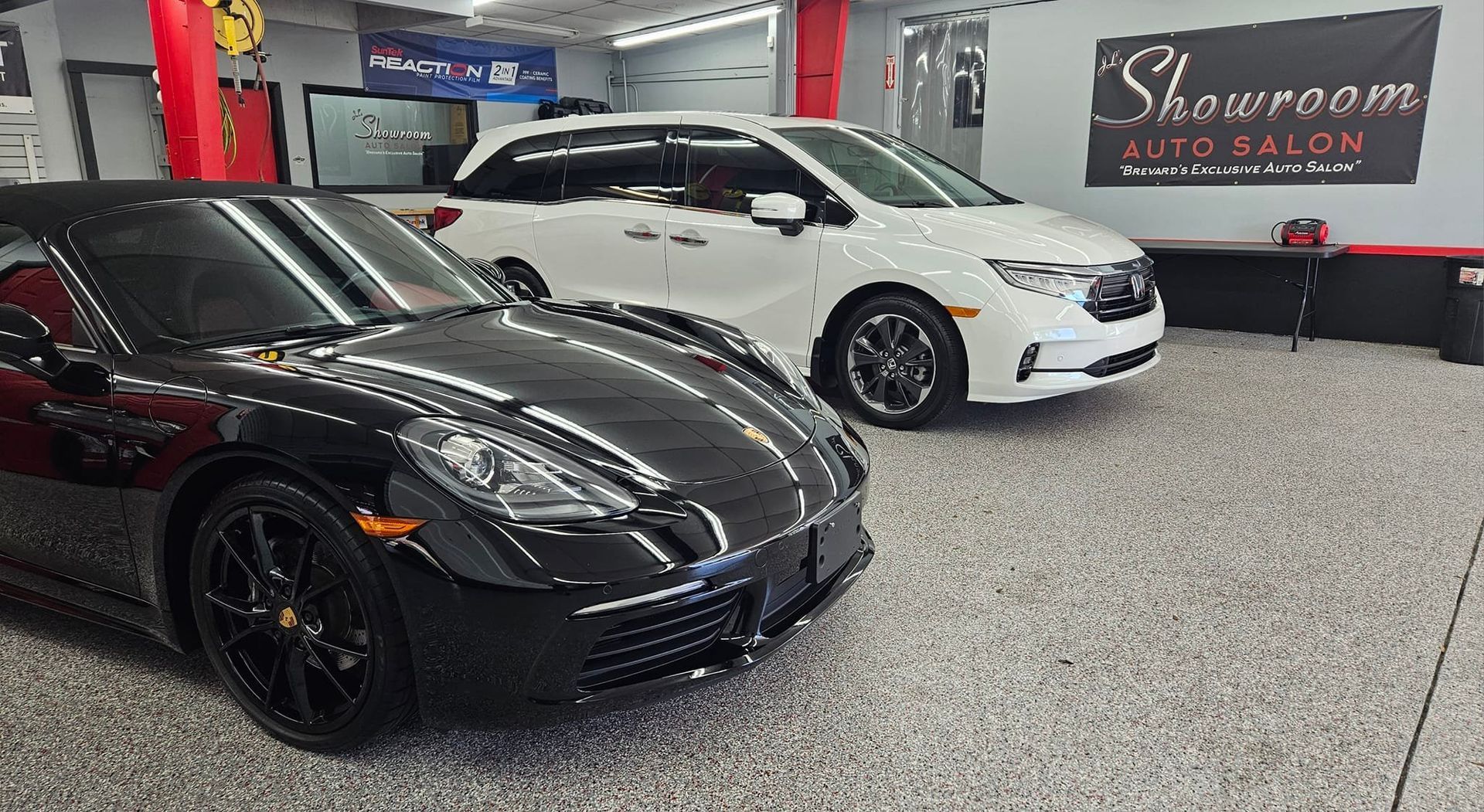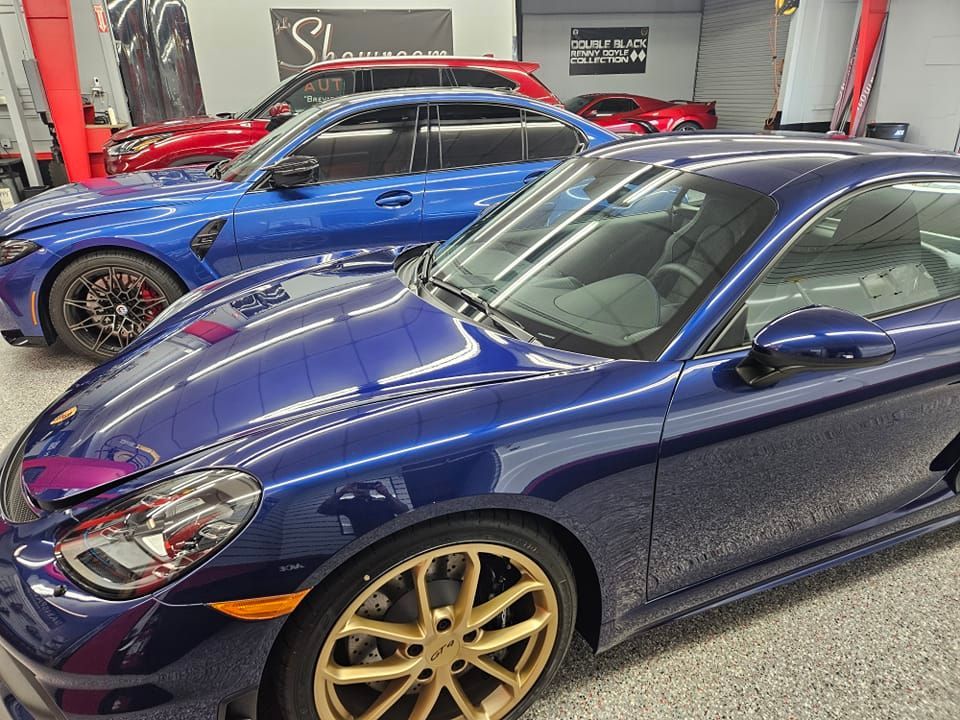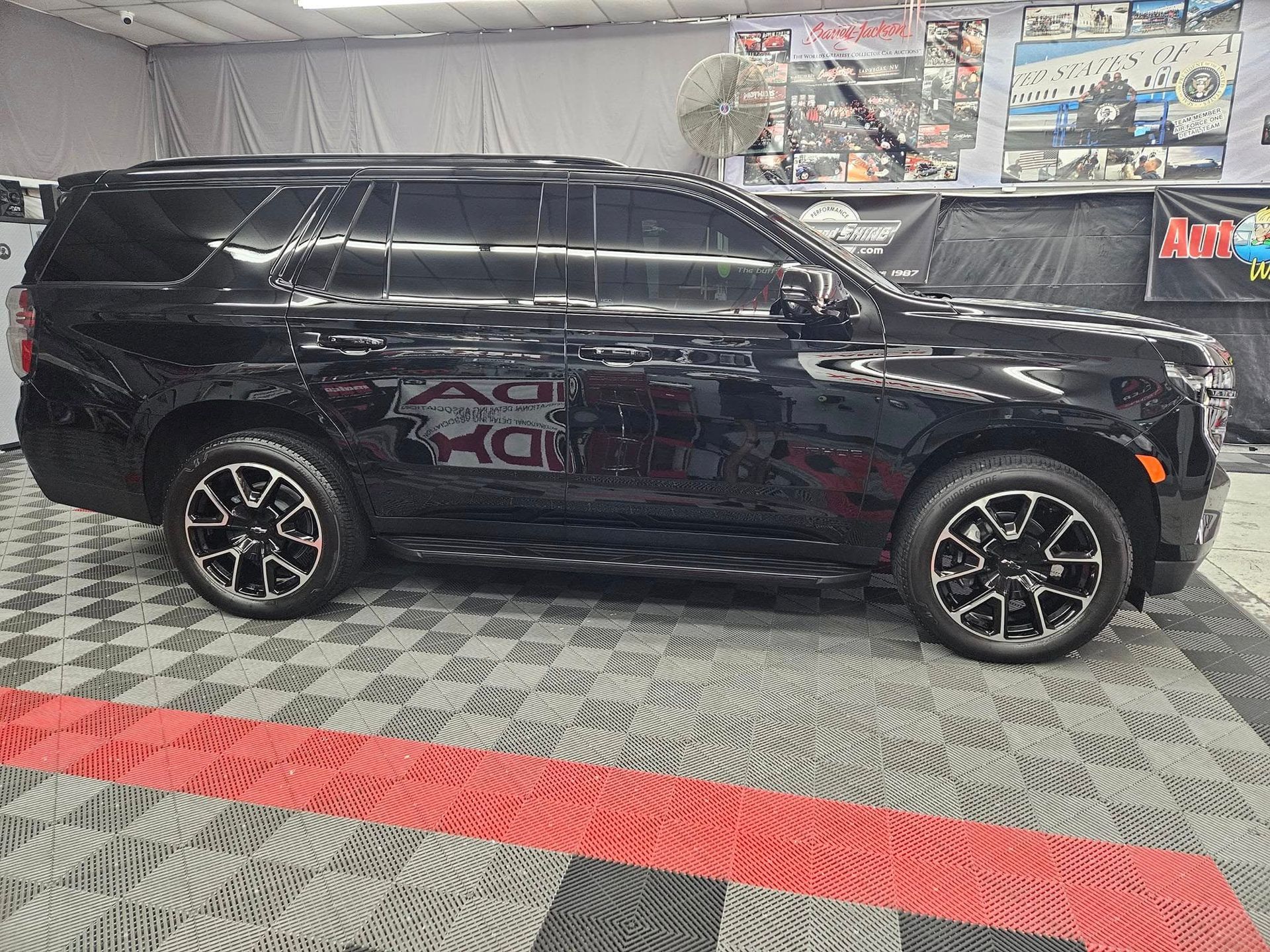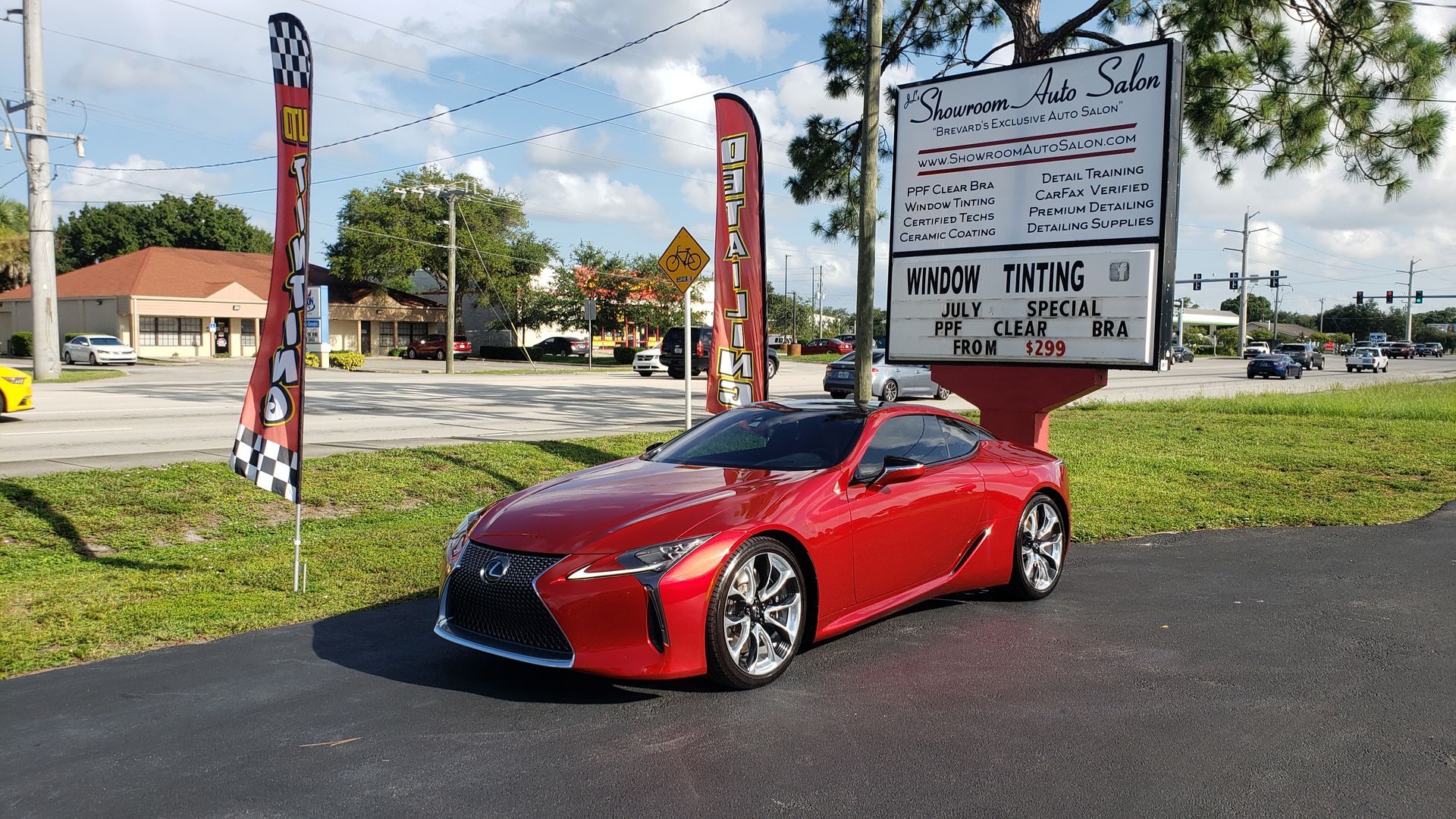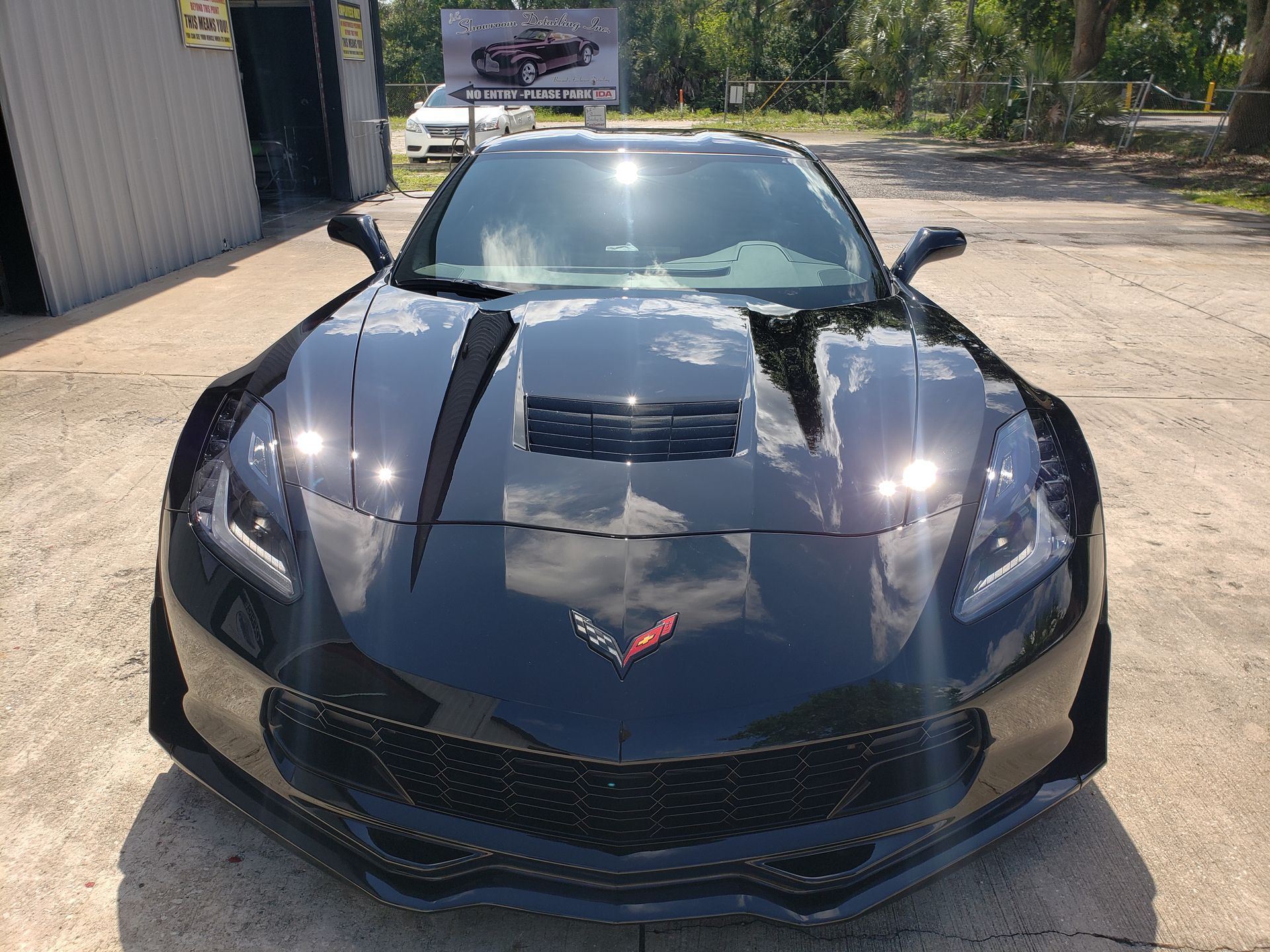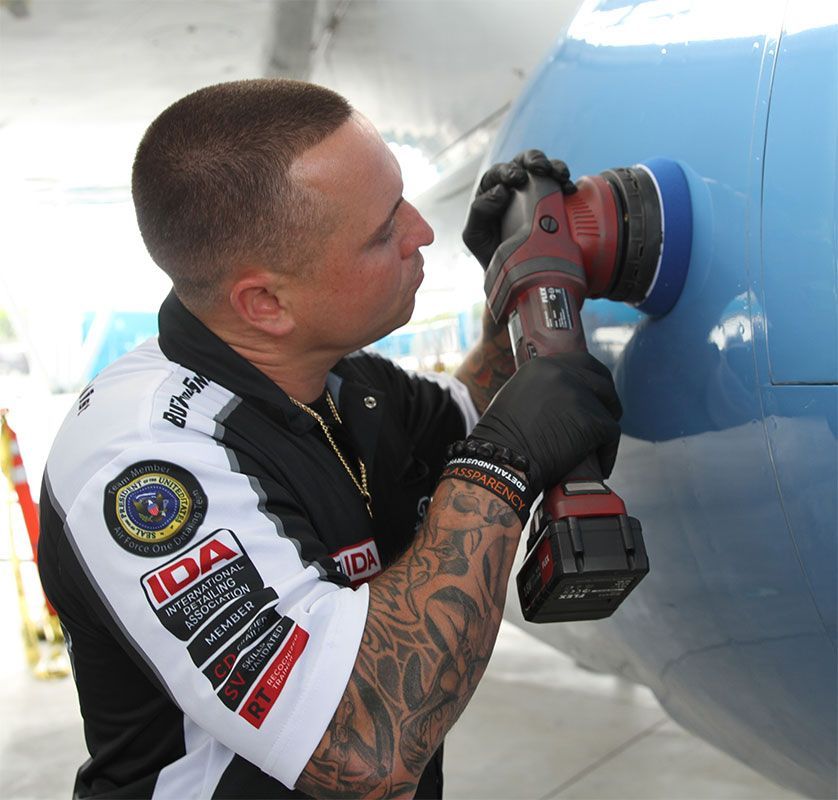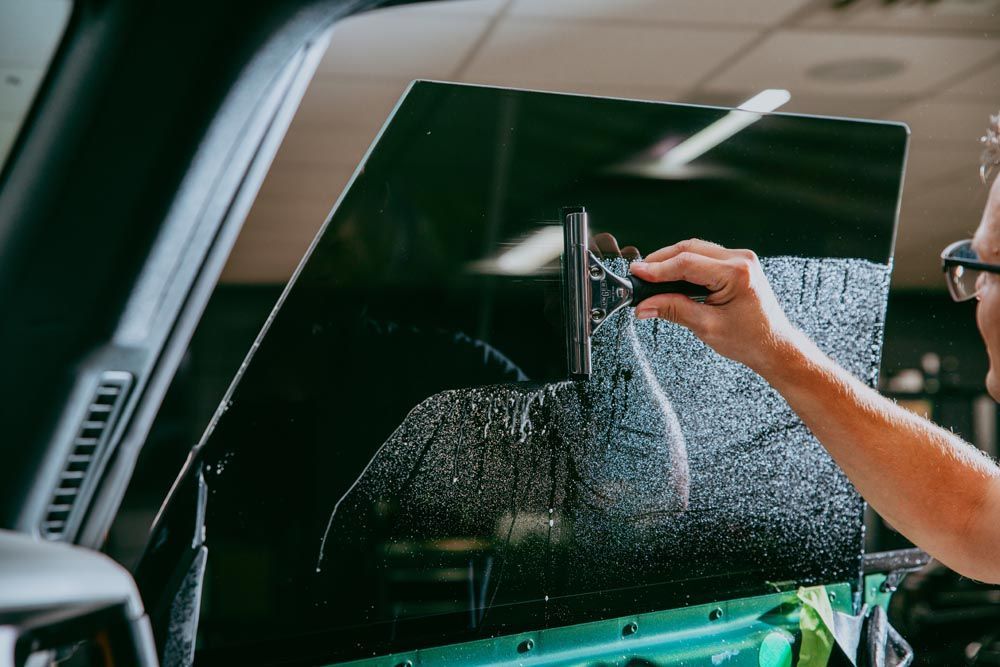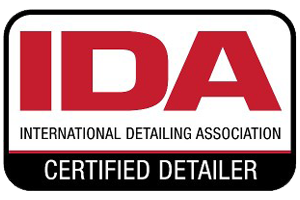Ceramic Coating: How It Protects Your Car's Paint and Enhances Durability
Ceramic coating indeed acts as a soldier, shielding your car's paint from harmful enemies like UV light and sun exposure. Think about it this way: each of the tiny silicon dioxide (SiO2) particles in the ceramic coating is like a mini-umbrella, sheltering your car's surface from harmful rays, preventing ugly fading, and retaining its original color. Here's something interesting: have you ever noticed how prolonged sun exposure can cause fine lines and cracks on our skin? The same thing happens to your car's paint too, but with ceramic coating, those damaging effects are significantly reduced. Now let's dive into how this protective layer can fight against the blazing sun.
Ceramic coating forms a strong, transparent layer over the paint that shields it from environmental contaminants such as dirt, grime, bird droppings, and UV rays. This protective barrier provides superior resistance against potential environmental damage and preserves the vehicle's appearance while offering long-lasting protection against fading and sun damage.
Protection against UV Light and the Sun
When you park your car outside, especially on sunny days, it's like leaving it in a room with a bright light that never turns off. Over time, this constant exposure to UV light can cause your car's paint to fade and lose its shine as UV rays break down the chemical bonds in the paint, causing it to oxidize and lose its original color.
But here's where ceramic coatings come into play—they act as a protective layer that shields your car's paint from these harmful effects. The silicon dioxide (SiO2) particles in ceramic coatings create an ultra-thin layer that significantly reduces UV damage, helping prevent premature paint oxidation and slowing down the fading of your vehicle's original color and finish. By providing a barrier against the relentless assault of UV rays, ceramic coatings help maintain your car's aesthetic appeal for longer, keeping it looking newer for an extended period.
PRESERVING YOUR CAR'S BEAUTY
With the ceramic coating acting as a shield against UV light, you're not just protecting your car's paint from fading and oxidation—you're also prolonging the overall appearance of your vehicle. This means your car will keep looking sharp and well-maintained for years to come. So, by ensuring that the original color and finish of your car are preserved, ceramic coatings contribute to maintaining its value over time. This becomes particularly beneficial when you consider selling or trading in your vehicle in the future.
Imagine driving into a dealership years from now with your car still sporting its vibrant factory finish, unaffected by sun damage or fading. This enhanced resilience against UV light not only keeps your car looking great but also plays a role in retaining its resale value. By safeguarding your car's paint from the harmful effects of UV light and sun exposure, ceramic coatings truly prove their worth in maintaining the long-term aesthetics and value of your vehicle.
Impact of UV Rays on a Car's Paint
Just like you apply sunscreen to safeguard your skin from harmful UV rays, cars also require protection from these powerful sunbeams. UV rays can inflict substantial damage, particularly to the paint on your car. Why do cars need this kind of protection? Well, UV rays are a type of energy emanating from the sun. They're invisible yet remarkably potent. When these rays strike something, like your car, they initiate gradual changes over time.
Ever noticed a car with a lackluster or dull appearance? That's the impact of UV rays, making the paint look tired and faded. Here’s how UV rays impact your vehicle’s paint:
- Color Fading: Over time, UV rays lead to the fade-out of a car's paint color, resulting in a lackluster appearance.
- Dullness: Extended exposure to UV radiation diminishes the shine and gloss of the paint.
- Oxidation: The chemical structure of the paint undergoes change, leading to oxidation and a chalky surface.
- Diminished Resale Value: A vehicle with faded or dull paint may lose its attractiveness in the resale market, impacting its value negatively.
This shift in the appearance of the paint may appear to be solely about aesthetics, but it has more significant implications as it impacts the vehicle's worth if you choose to sell it.
Cleaning and Maintenance of Ceramic-Coated Cars
When it comes to maintaining the freshly applied ceramic coating on your valued vehicle, consistency is key. The hydrophobic properties of ceramic coatings work wonders at repelling dirt, water, and grime from adhering to the car's surface, making it significantly easier to keep your car clean. This means less time spent scrubbing and more time enjoying that showroom shine. Because contaminants such as dirt and water struggle to stick to the surface due to the hydrophobic nature of ceramic coatings, regular maintenance becomes far less intensive.
The reduced adhesion of dirt and grime to the coated surface doesn't just make for simpler washes but also plays a pivotal role in preserving the glossy sheen of your vehicle. With traditional methods, problematic stains could ruin the paintwork, requiring painstaking buffing or even repainting. However, with ceramic coatings, these issues are significantly minimized, saving you both time and money in the long run.
SHINE AND FINISH ENHANCEMENT THROUGH CERAMIC COATING
When it comes to enhancing the appearance of your vehicle, the results provided by ceramic coating are simply unmatched. The application of a ceramic coating doesn't just result in a surface-level shine; rather, it brings about a transformative effect on the paintwork itself. The coating creates a heightened depth of color that adds a lustrous vibrancy to the car's appearance. Whether it's a bold red or a sophisticated black, the colors are given new life and richness that truly turn heads. To top it off, the glossy finish achieved through ceramic coating isn't just for show—it's there to stay. This is due to the inherent resistance of the coating to environmental factors that might otherwise dull or diminish the vehicle's shine over time.
Consider this: Imagine your car parked outside on a bright, sunny day. With an inferior protective layer, the relentless UV rays could begin to take a toll on your car's paintwork, causing it to fade and lose its sheen. In contrast, a vehicle treated with a ceramic coating maintains its brilliant shine despite exposure to such harsh conditions. It's not merely about "looking good" either; this vibrant appearance often has more profound effects than just capturing attention. For many car enthusiasts and owners, having their vehicles look exceptional is part of showcasing their pride of ownership and appreciation for quality craftsmanship. This level of attention and care reflects one's dedication to not just maintaining the car's value but also upholding its visual appeal. In essence, ceramic coatings offer more than just protection; they elevate the aesthetic appeal of a vehicle by enriching the depth of its paintwork and ensuring that its shine consistently stands out in any setting.
Comprehensive Protection Using Ceramic Coating
When it comes to maintaining your car's pristine appearance, safeguarding it from environmental damage is crucial. Ceramic coatings act as a shield against the destructive forces of nature, protecting your car from various environmental pollutants. These coatings go beyond what traditional waxing or sealant options can offer. Ceramic coatings create a thin layer that is highly resistant to contaminants and environmental factors. This advanced protection minimizes the risk of surface damage and corrosion, making it a worthwhile investment for your vehicle's exterior.
- Protection Against Environmental Pollutants: Bird droppings, tree sap, and acid rain don't just impact the visual appeal of your car; they can also cause long-term damage to the paintwork. Ceramic coatings provide a robust defense against these elements, preventing them from etching into the paint and causing lasting harm. The durable layer formed by the coating acts as a barrier, ensuring that these pollutants do not penetrate the paint surface.
- Long-term Benefits over Traditional Options: Unlike traditional waxing or sealant methods, ceramic coatings offer superior long-term protection. While waxing may provide a temporary shine and minimal protection, ceramic coatings offer longevity and reliable defense against environmental aggressors. This long-lasting solution translates to reduced maintenance requirements and cost-effectiveness over time.
- Minimizing Surface Damage and Corrosion: The protective properties of ceramic coatings extend beyond enhancing their aesthetic appeal. These coatings lessen the possibility of surface damage due to contaminants and environmental factors by forming a strong and resilient barrier. Moreover, the resistance to corrosion adds another layer of security to preserve the integrity of your car's exterior.
So, whether it's protecting your car from acidic substances during regular commutes or shielding it from natural elements like tree sap during outdoor adventures, ceramic coatings provide an all-encompassing defense mechanism that preserves the beauty and structural integrity of your car's exterior.
Ceramic Coating Experts in Melbourne, FL
Discover the epitome of automotive luxury and protection at JL's Showroom Auto Salon, your unrivaled
ceramic coating experts in Melbourne, FL. Elevate your vehicle's aesthetic and shield its surface with our cutting-edge ceramic coating solutions. Immerse yourself in a world where brilliance meets longevity, as our experts apply meticulously crafted coatings that not only enhance your car's shine but also provide unparalleled defense against the harsh elements of Melbourne's environment. Trust in our expertise to preserve your vehicle's showroom finish for years to come. Unleash the true potential of your automotive investment by visiting JL's Showroom Auto Salon today. Elevate, protect, and redefine your driving experience—because your car deserves nothing but the best!
